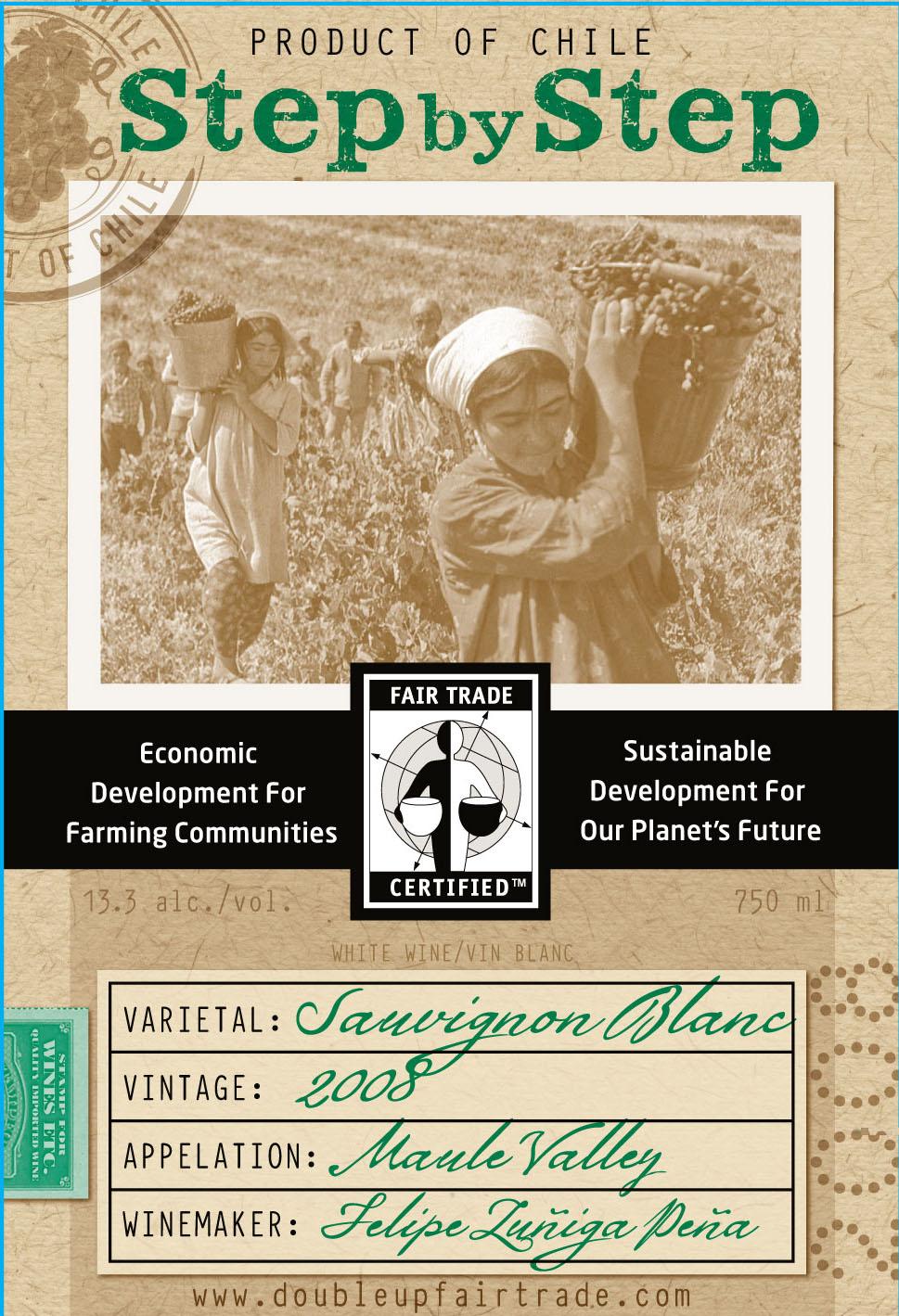2008 Maule Valley Sauvignon Blanc
Step By Step Step by Step is a delightful expression of Sauvignon Blanc hailing from the esteemed Maule Valley. This white wine showcases a vibrant, pale straw color that entices the eye, setting the stage for an invigorating tasting experience. The body of this wine is light and refreshing, making it an ideal companion for casual dining. Its acidity is bright and mouthwatering, providing an enticing liveliness that dances on the palate. The fruit intensity is prominent, featuring notes of zesty citrus and crisp green apple, perfectly capturing the essence of the varietal. This Sauvignon Blanc is dry, offering a clean finish that leaves an impression of purity and elegance. With its exceptionally crafted profile, Step By Step Step by Step embodies the spirit of the Maule Valley, inviting you to savor each sip.
Step By Step Step by Step is a delightful expression of Sauvignon Blanc hailing from the esteemed Maule Valley. This white wine showcases a vibrant, pale straw color that entices the eye, setting the stage for an invigorating tasting experience. The body of this wine is light and refreshing, making it an ideal companion for casual dining. Its acidity is bright and mouthwatering, providing an enticing liveliness that dances on the palate. The fruit intensity is prominent, featuring notes of zesty citrus and crisp green apple, perfectly capturing the essence of the varietal. This Sauvignon Blanc is dry, offering a clean finish that leaves an impression of purity and elegance. With its exceptionally crafted profile, Step By Step Step by Step embodies the spirit of the Maule Valley, inviting you to savor each sip.




